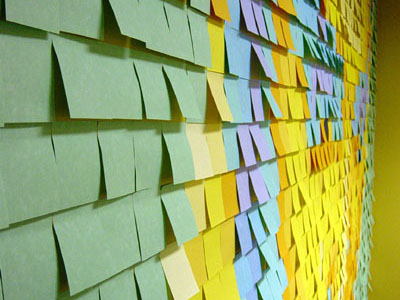Hi, 15 years ago or so I worked for a guy who used to color his spackle.
It works excellently for being able to see how much spackle has been applied, which areas have been sanded, and how far exactly to sand down before done. Especially in marginal light.
I recently tried blue food coloring and it worked excellently, problem is it bleeds through acrylic.
I do not want to have to prime with a stain blocking primer just to use this technique.
Does any one know what I can add to spackle to give it some color, that will not bleed through acrylic/latex paint?
Thanks for any info.
It works excellently for being able to see how much spackle has been applied, which areas have been sanded, and how far exactly to sand down before done. Especially in marginal light.
I recently tried blue food coloring and it worked excellently, problem is it bleeds through acrylic.
I do not want to have to prime with a stain blocking primer just to use this technique.
Does any one know what I can add to spackle to give it some color, that will not bleed through acrylic/latex paint?
Thanks for any info.






